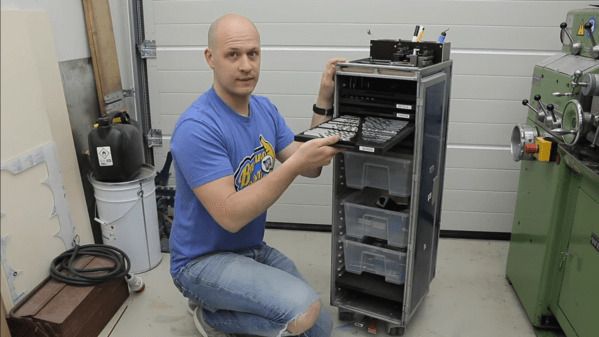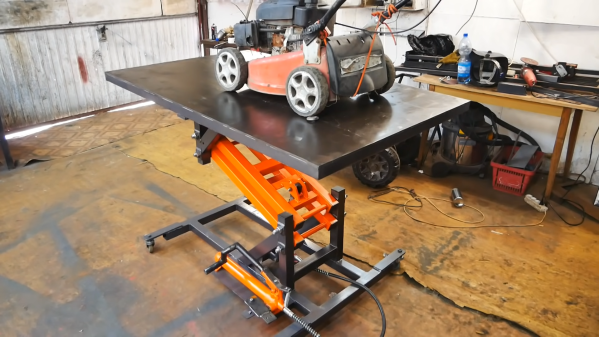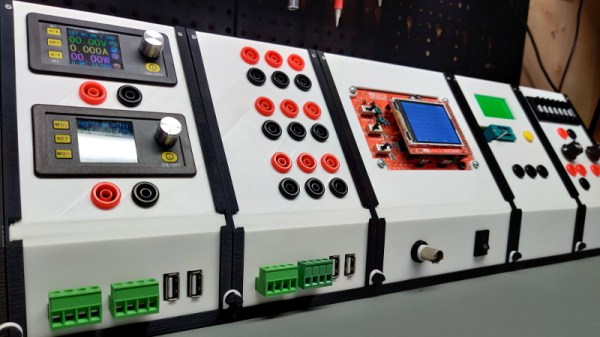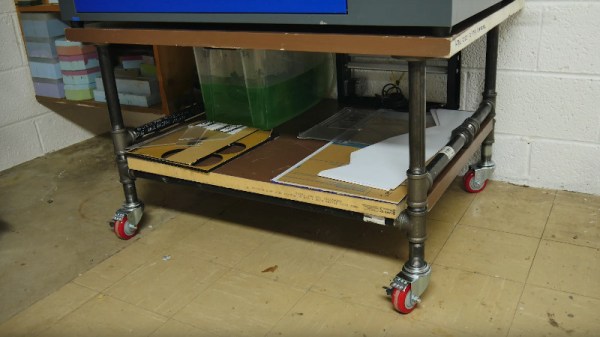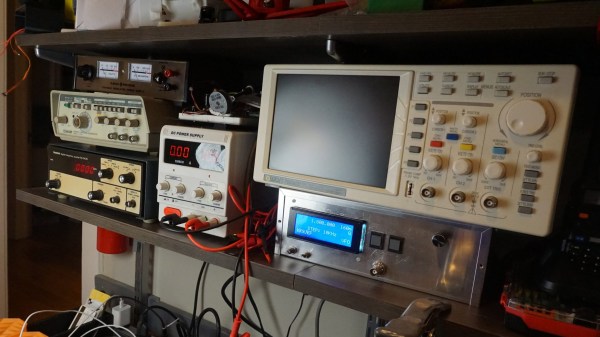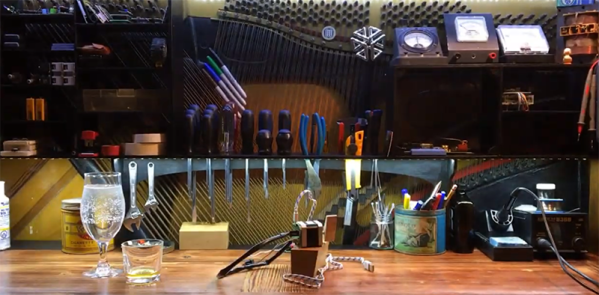Most of dream of having a fully-stocked shop with all of the tools needed to build our projects, at least if we don’t already have such a shop. In the meantime, a lot of us are hacking together our own tools and working on whatever bench space might be available to us. While [Emiel] aka [The Practical Engineer] has an envious shop to work from, his latest project goes to show how repurposing some aircraft-grade equipment can result in a high-quality toolbox for himself, without shelling out for any consumer-level solution. (Video, embedded below.)
The core of his workshop cart build is actually a recycled food service cart from an airline. While the original probably only housed some soft drinks and ice, this one has been kitted out to be much more functional. Since [Emiel] is using this to wheel around his machine shop, he used a CNC machine to cut out slots in black MDF sheets which would hold his drill bits, taps, and other tools. Working with MDF on a CNC machine turned out to not be as simple as he thought, since the MDF would separate and break away unless the CNC tool heads were operated in a specific way.
The build also includes several buckets for other tools, and a custom enclosure for the top of the cart specifically built for his machine tools’ tools to sit while he is working. It’s certainly a more cost-effective solution to a wheeled shop toolbox than buying something off-the-shelf, and a clever repurposing of something which would have otherwise ended up in a landfill. [Emiel] is no stranger to building any tools that he might need, including this custom belt sander built completely from the ground up.
Continue reading “Workshop Tools Are Available In First-Class”

